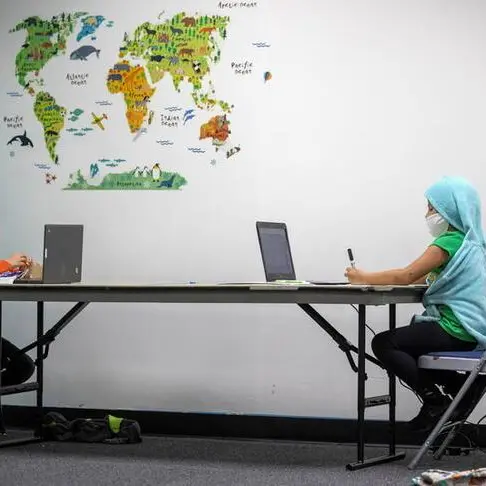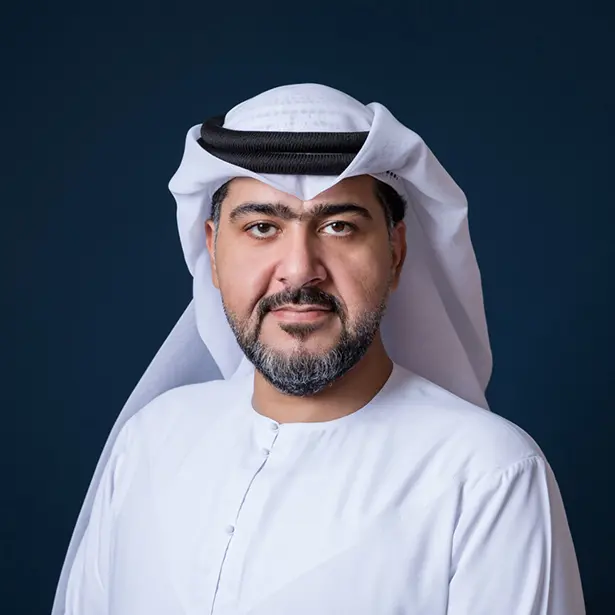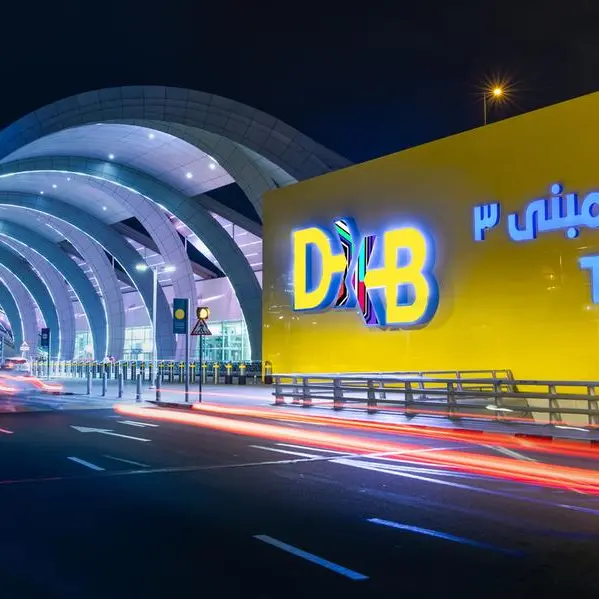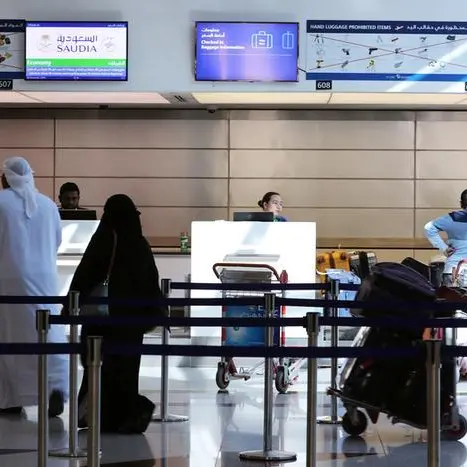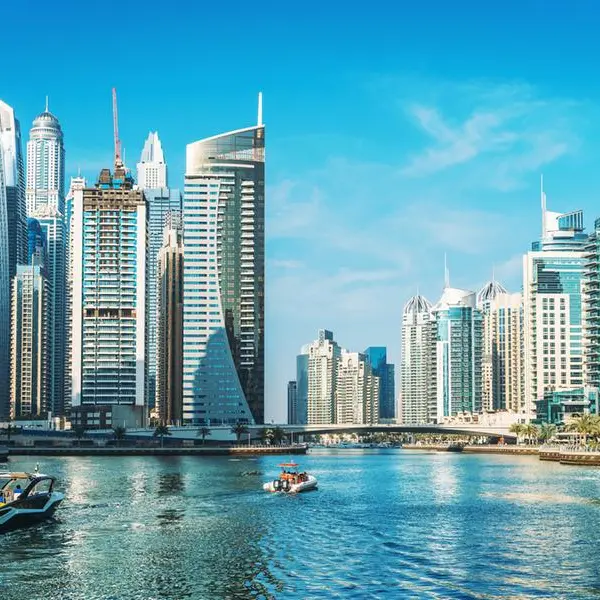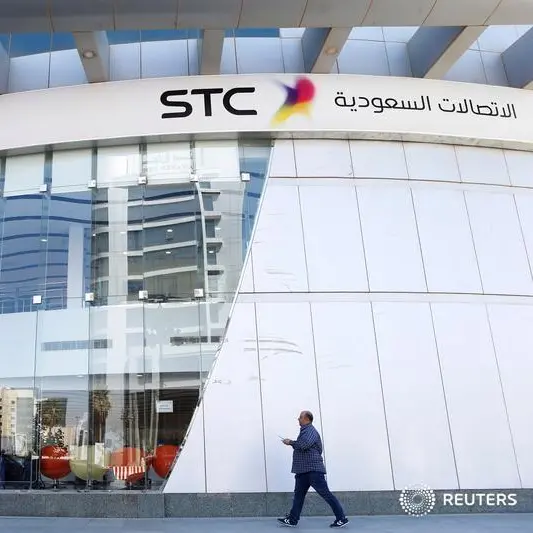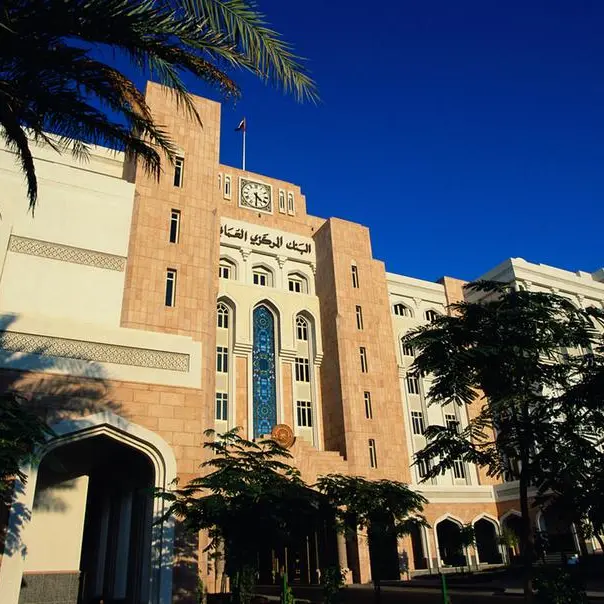MUSCAT - Initial development of a deep-water pipeline carrying natural gas and potentially even crude oil and other petroleum products from Oman to India could begin as early as before the end of this year, according to the lead promoter of the multi-billion dollar venture.
Dr Ajay Kumar, Chairman & Managing Director of India-based Fox Petroleum Group, which is spearheading the proposed scheme, said all of the critical elements encompassing the planning, technology, engineering design, pipeline supply, execution, and financing aspects of the ambitious development have been worked out in anticipation of an early commencement of the implementation phase.
"We at Fox Petroleum have been working on the Oman-India Deep-water Multipurpose Pipeline Project (OIDMPP) since 2009.
Our goal now is to obtain the necessary approvals from the governments of Oman and India before we can get started with the construction of this venture. The estimated investment of $5.6 billion for this dream project will be provided entirely by Fox Petroleum and its partners," Dr Kumar stated.
The oil executive, who oversees an estimated $10 billion multinational enterprise with interests spanning oil and gas, power generation, construction and infrastructure, is currently in Oman for talks with officials at the Ministry of Oil and Gas, among other government entities in connection with the proposed project. He is also due to make a presentation on the landmark venture at the Arabian Sea Region Oil & Gas 2015 Summit, which opened at the InterContinental Muscat yesterday.
Plans outlined by Fox Petroleum envisage a deep-water, transnational, natural gas pipeline system that will be suitably designed to also transport crude, LPG and other petroleum commodities. "We can transport other refined petroleum products using the same pipeline as per a schedule of bookings during the course of the year," Dr Kumar explained.
Running approximately 1,600 kilometres along the seabed of the Arabian Sea, the OIDMPP project will be capable of transporting around 8 trillion cubic feet (TCF) of natural gas to India over a period of 20 years.
At the Oman end, the pipeline is expected to make landfall at Ras al Jifan, just south of Duqm, and will connect with the Middle East Compression Station proposed at Qalhat Mount off the Omani coast. Plunging to a maximum depth of 3,400 metres, it will connect on the Indian side with terminal facilities existing on the Gujarat coast. In Phase II, the pipeline system is proposed to be extended to Mumbai. Importantly, the project is intended to meet a significant part of India's long-term energy security, says Dr Kumar.
"Considering the fact that known sources of natural gas in India to date are just 1.33 trillion cubic metres, India will need to source a major portion of natural gas supply from outside to meet rising demand. The Indian government will need to make planned efforts to find a lasting solution to the problem. The sooner the government takes a serious view of the proposal, the better it will be in the interest of the country to ensure its energy security."
Underscoring the project's financial viability is the landed cost of energy, which will be lesser by $1.5 to $2 per million BTU as compared to LNG imports, he noted. "The cost of transporting crude oil or petroleum products by pipeline is a fraction of the cost of other modes of transportation. The cost to ship crude oil by rail is generally $10 to $15 per barrel versus under $5 per barrel by pipeline. Furthermore, this pipeline could be linked to other natural gas sources in the Middle East and even to Turkmenistan and Iran if need be."
Fox Petroleum Group envisions a roughly five-year timeframe for the execution of the pipeline project.
© Oman Daily Observer 2015
